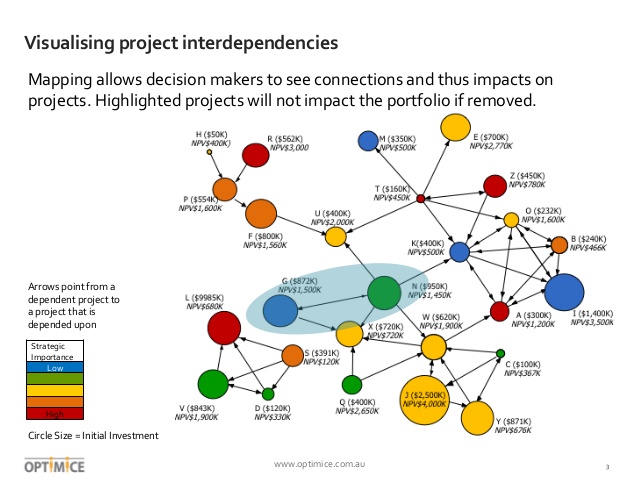Now that some of the heat has died down on this topic, I thought it would be a good time to discuss observations about GDPR from an ERM perspective.
Last month, the General Data Privacy Regulation from the EU was a hot topic. You undoubtedly received emails from your subscriptions and apps explaining that new privacy policies were going into effect. If you’re based in the EU, any websites you subscribe to required you to provide your direct consent in order to remain on their list(s). In fact, your inboxes were probably flooded with emails!
Since there are mountains of stories out there on GDPR, I don’t want to spend much time talking about what it is. You can go here to learn about that…
Instead, I want to talk about how the preparation for something like GDPR can quickly expose interdependencies within an organization.
For my boutique firm, GDPR compliance was fairly straightforward, but it did end up being a little more involved than first imagined. Not only did we have to send emails to our EU subscribers asking for consent, we had to change the forms for our opt-ins, and of course, update our privacy policy.
However, for bigger organizations, the issue of data privacy and GDPR compliance ended up being way more complex.
Despite having two years to prepare, most companies, including mine, worked feverishly ahead of the May 25th deadline… 40% of companies are still behind schedule on their GDPR compliance according to a recent study.
Many organizations are struggling to comply with GDPR because they soon realized the interdependency of how data is stored, accessed, and transmitted.
For example, a company may only consider data on its core servers, but as you know, a large number of employees use personal smartphones, tablets, and laptops to access data. And while using personal devices for company business continues to grow, only 40% of these devices are regulated.
This opens up all kinds of questions when it comes to data security and GDPR that many companies are only beginning to get their head around.
Customer data isn’t something that just sits on a server, but rather the data bounces around your networks between devices. One lost, stolen, or compromised device can put sensitive information at risk, and open the organization to fines, a damaged reputation, and more.
(Click here to learn more about ways to better understand and quantify reputation risk.)
Therefore, when preparing for something like GDPR (…or any type of project for that matter), it’s important that you don’t look at it as a step-by-step, 1-2-3-4 process that occurs in one silo.
Instead, take a step back and think about different elements in your project and how they interrelate with other parts of your organization.
Don’t make the mistake of thinking a project is a linear process with a straight path to success. Instead, consider how a crazy flowchart looks and how progress in one area is dependent on progress in another.

If you just jump head first into a project like GDPR compliance or something else, you open up the risk of not meeting your goals because you’re too busy trying to put out fires.
Being proactive and considering the interdependency of risks and processes is a key part of what makes ERM what it is.
Have you ever started working on a project just to later find out its connection throughout the organization?
How did this affect your timeline or goals for the project?
I invite you to share your story below or join the conversation on LinkedIn.
If you’re struggling to see the interdependencies within your organization and its holding you back from accomplishing your goals, I invite you to contact me today to discuss your unique situation.








